May 10, 2025
Author:Lisa Martinez
Water remains crucial for your feline's complete health and wellness. Numerous animal owners, therefore, wonder, "Why isn't my kitty drinking water?" You are not alone if you've observed your feline ignoring its dish bowl. The surprisingly common problem of cats not drinking water deserves attention.
Adequate hydration sustains everything from digestion and kidney functionality to coat health and body regulation. Overlooking a feline's hesitation to sip water could trigger severe medical problems like dehydration, urinary tract infections, or even kidney disorders. Your pet’s vitality and happiness rely on identifying the early warning signs and grasping the causes of this action.
This article will examine the most common signs that your cat is not drinking water, possible causes, and sensible solutions you can apply immediately. We will also show you some modern Wopet hydration tools to help you hydrate your cat more easily.
Due to their instinctive sensitivity, felines can frequently be challenging to detect when something feels wrong. If you're questioning, 'Why is my cat not drinking water?' you should focus on your pet's behaviour and physical shape. Detecting the early warning hints allows you to intervene quickly and avoid worse health conditions.
Frequent signs that your cat suffers from dehydration include:
● Dry Gums: Gums plus mouth appear dry. Scrutinize your cat's gums. They are dehydrated if they seem faded, parched, or sticky instead of rosy and wet.
● Lethargy: A dehydrated feline usually displays peculiar behaviours of sluggishness, drowsiness, lack of playfulness, or wandering curiosity.
● Sunken Eyes: If your feline’s pupils look dull or somewhat sunken inside their orbits, they might suffer from insufficient hydration.
● Loss of Appetite: Felines who lack sufficient water often lose interest in food. Since water supports digestion, insufficient water might cause discomfort while eating.
● Thick Saliva: Your cat's saliva could become thick or ropey instead of thin and runny.
● Panting: Dogs often do; cats seldom do. If your cat is not frightened or warm, dehydration could cause its panting.
● Reduced Skin Elasticity: Using a little push, you can feel the back of your cat's neck to uate its moisturization. In a thoroughly moisturized cat, the skin should rapidly snap back. If it stays tight or comes back slowly, that's a warning.
When you spot any of those signs, you ought to respond instantly. Extended dehydration may trigger severe health disorders such as kidney collapse, bladder stones, and urinary infections.
Read more about the importance of cat hydration and clean water.
When you wonder, 'Why is my cat not drinking water?' you must realize that various elements could exist. As selective animals, felines’ drinking manners often depend upon moods, surroundings, health, and inherited instincts. Let’s explore several of the most typical causes for cats avoiding water:
● Natural Low Thirst Drive: Unlike canines, felines descended from desert-origin ancestors who mainly acquired hydration through nutrition. This explains why cats feel less inclined toward thirst, particularly if ingesting ample moist food.
● Preference for Running Water: Numerous cats prefer moving liquid over still sources. A bowl might store stagnant liquid, which cats perceive as unpleasant or dangerous. You might observe your feline attempting to drink from faucets or showers instead.
● Bowl Design or Placement: Cats have specific preferences regarding where and how they drink. If a water dish sits in a crowded region, adjacent to their litter spot, or is constructed from metallic materials, altering the flavour, they might avoid it.
● Contaminated Bowl or Water: Felines are inherently neat animals. If the fluid isn’t fresh or the container isn’t frequently scrubbed, your feline may refuse to drink.
● Underlying Medical Problems: A cat battling intestinal upset, diabetes, renal malfunction, or oral distress might refuse drinking water. If your pet abruptly ceases sipping and reveals other disease symptoms, immediately consult your veterinarian.
● Environmental Shifts: Changes at home, such as relocating, introducing another pet, or unexpected noise, can cause a cat to feel stressed, reducing its normal water consumption.
Addressing your cat's hydration reluctance starts with recognizing the real issue. Once identified, you can tailor your approach to your feline's habits.
Helping your feline resume healthy drinking patterns sometimes demands ingenuity and determination. Fortunately, there are many valuable things you can do at home to promote excellent hydration habits:
● Switch to Wet Food: Including wet food in your cat's diet is among the easiest ways to increase water consumption. While just 10% of dry kibble is water, about 70–80% of wet cat chow is water. You may add some additional water or broth, without garlic or onions, to increase the moisture in their wet food.
● Invest in a Cat Water Fountain: Cats seem drawn more to running water; installing a pet fountain could motivate your cat to drink more by mimicking the running streams they like in nature. It also keeps the water fresh and filters it!
● Place Multiple Water Sources: Some cats like certain places to drink. Consider arranging multiple water containers or flowing fountains throughout your dwelling, particularly in calm and secure areas.
● Keep Water Bowls Clean and Fresh: Consistently scrubbing your feline’s bowl and refilling it with crisp water maintains cleanliness and freshness. Porcelain or stainless bowls are preferred over plastic ones, which can harbour germs and distort flavours.
● Try Different Bowl Shapes and Sizes: Narrow or deep bowls can cause certain cats to become weary when their whiskers brush against the edges. Shallow, broad bowls could make drinking more pleasant.
● Flavor the Water: If your cat refuses to drink the fluid, try combining a tiny measure of plain chicken broth or tuna liquid, obtained from tuna sealed within water, not grease, to make it more tempting.
● Monitor and Minimize Stress: Consistent settings, safe hiding spots, and minimal environmental disturbances help anxious cats feel more secure and eager to eat and drink regularly.
● Consult Your Veterinarian: If you've attempted these remedies and your cat is still not drinking water, getting professional help is essential. A doctor can assist you in eliminating underlying medical issues and, if required, advise you on more therapies.
Making minor adjustments and closely considering your cat's preferences could significantly increase your cat's hydration and overall health. Trust Wopet — they offer a variety of innovative cat water fountains to help you give your cat the healthy life they deserve.
If, despite your strongest attempts, your pet declines to drink liquids and exhibits indicators of dehydration, it's vital to contact your veterinarian. Early intervention helps prevent significant health issues.
Share your pet story with Wopet for further advice on keeping your cat healthy and happy.
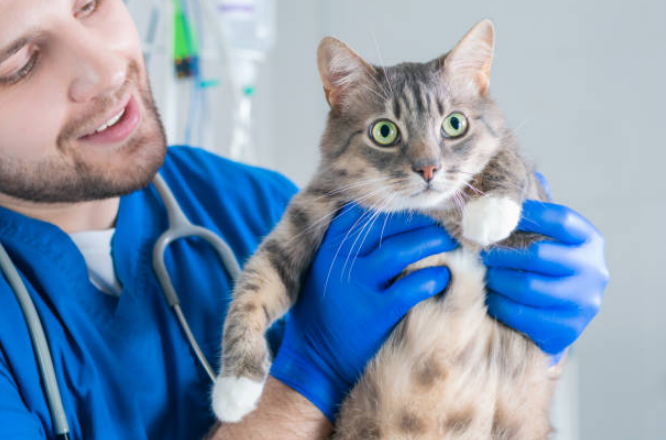
Your cat's wet food may be enough to hydrate it. But if it's on a dry diet, watch it closely and encourage water intake.
Provide fresh water with a fountain, use clean bowls, and try different water stations. If the problem continues, consult a veterinarian.
Although dehydration within twenty-four hours could spark severe medical problems, felines could go three or four days without hydrating. Always be quick.
Certainly! Many cats love running water. A cat water fountain can significantly boost your cat's water intake. Shop Wopet Fountains right now to keep your cat hydrated!
Dental issues, kidney disease, diabetes, and urinary tract infections can all make drinking less desirable. A professional diagnosis is essential if persistent symptoms are noted.
Indeed, changes in the home or new pets might generate anxiety, making cats drink less water.
If you've wondered, 'Why is my cat not drinking water?' Your search for answers has already advanced greatly. A little work and some simple changes will help you greatly enhance your cat's general health and hydration. Small adjustments can lead to long-term advantages, like buying a smart water fountain, trying out bowl placement, including more wet items in their diet, and flavouring the water.
Don't wait for signs of dehydration to show. Look at our extensive range of premium pet supplies to act preventively immediately. Visit our Homepage, browse our thoughtfully selected Product Collections for your pet's needs, or visit our blog for thoughtful insights.
Wopet will help you provide your cat with the most care since hydrated cats are healthier and happier!
Label:
Popular Post
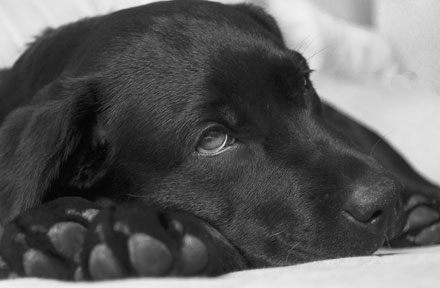
What to Feed a Sick Dog With No Appetite? [2025 Guide]
May 16, 2023
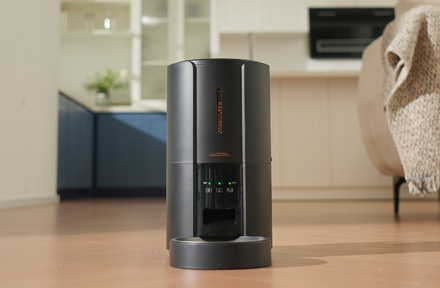
Troubleshooting Common Issues with Automatic Pet Feeders: Tips & Tricks for Pet Owners
Oct 26, 2023
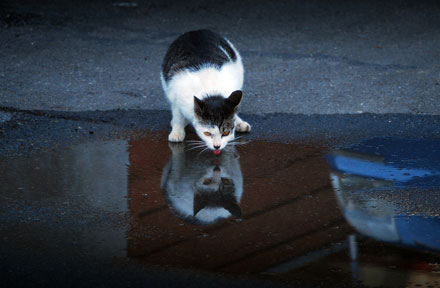
Why Does My Cat Cough After Drinking Water? 8 Potential Reasons
Mar 13, 2023
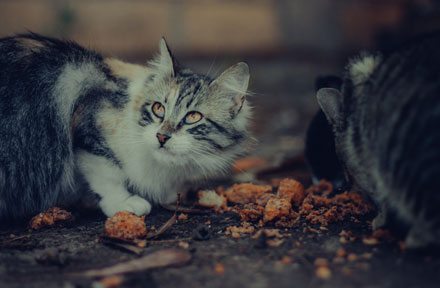
My Cat Only Eats A Little at A Time - What to Do?
Feb 27, 2023
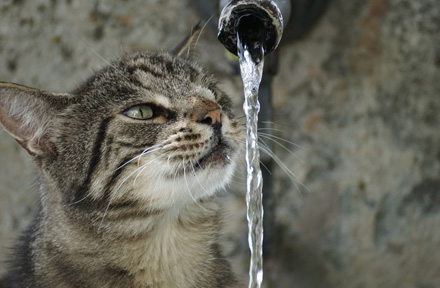
Why is My Cat Throwing up Water? Top 5 Causes Here
Feb 08, 2023
$99.99
$129.99
Copyright © 2025 WOPET. All Rights Reserved.